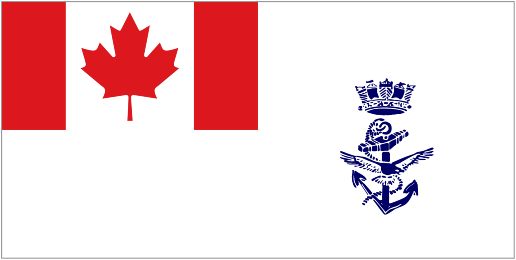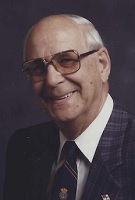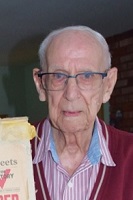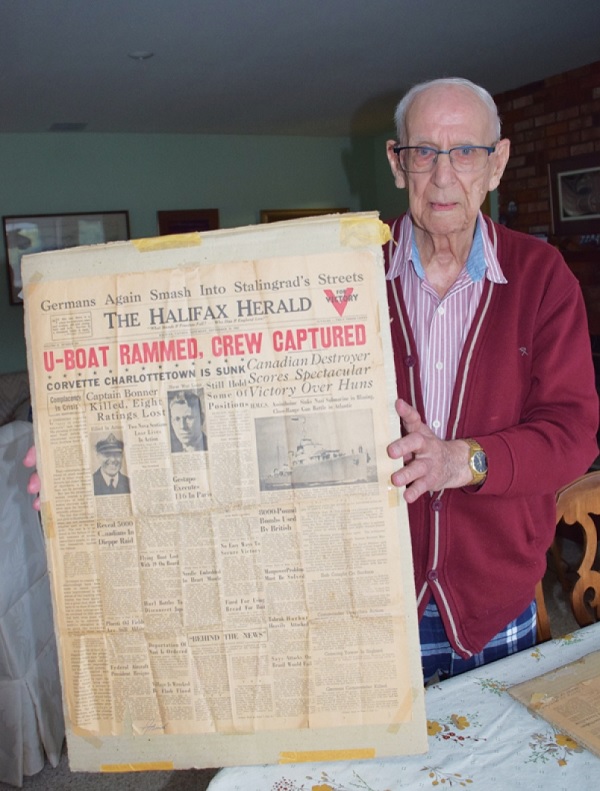|
A Royal Canadian Navy Historical Project
In memory of those who have Crossed the Bar
BIRCH, Trevor John Wilberforce - Our beloved father and grandfather Trevor passed in Sechelt after a full life. He was pre-deceased by his wife Margaret Helen (nee Bellamy) in 1998, and is survived by his son Gary (Margaret), daughter Dorinda (Larry), and grandsons Daniel and Patrick. Trevor was an active long-serving executive member of the Royal Canadian Legion Branch 140 and the Naval Association of Canada, Sechelt Branch. He loved working on the poppy fund, attending concerts and dances, winning meat-draws and having some of his many friends over for gatherings. He took pride in marching in the annual Canada Day parade and remembered fallen comrades during the Remembrance Day cenotaph ceremony. His ready assistance whenever needed, his wise counsel, the twinkle in his eye, and his ability to remember the name of everyone he met will be sadly missed by both family and friends.
Ships served in:
Trevor Birch (photo from the The Coast Reporter arcticle transcribed below)
At 96, Trevor Birch still remembers Battle of the Atlantic WWII The Coast Reporter - 09 Nov 2017 Lisa McKnight-Yeates / Staff Writer At 96, veteran Trevor Birch still remembers the Second World War in great detail. The Sechelt resident said he is proud to have served his country and would not hesitate to do it again. “Navy life taught me self-discipline and gave me a purpose in life of the desire to achieve my goals,” he said. Born in 1921 in Teddington, Middlesex, England, he was just 18 when he joined the Canadian Navy, along with three friends, in the spring of 1939. They went to basic training in Esquimalt, outside Victoria, and afterwards were transferred to Halifax. “We were drafted to various ships and most of us never saw each other again until after the war,” he said. Birch was drafted to the HMCS Assiniboine, a destroyer, and was assigned to loading the Y gun, which involved loading brass cartridges into the big guns. Years later he would suffer hearing loss because “we did not have any ear protection in those days. All you could do was open your mouth wide when the gun was about to be fired. I missed doing that one time and was nearly blown over board, landing on the stern bollards,” he said. About 20 years later he started losing his hearing. Today, he wears hearing aids and seems extremely fit, getting up several times during the interview to fetch photos, books and news clippings of his time at war. He draws diagrams to help explain the formation of the convoys and various types of equipment. The job of the HMCS Assiniboine was to escort convoys of freighters and other ships, initially up and down the east coast of the United States and later, between Greenock, Scotland and Reykjavik, Iceland. “Sometimes there were 40 to 50 ships travelling in a formation,” he recalled. The ships carried everything from fuel to food supplies. “Everything Britain would need to survive during the war,” he said. Submarines attacked many ships but the Assiniboine never got hit. Still, Birch saw a number of ships get torpedoed and he assisted in the rescue of people. He recalled a trip when the Assiniboine was returning to Greenock. The ship was off the north coast of Ireland when an SOS signal was heard from a ship in the area but the Assiniboine could not respond at the time, and they continued on. A week later they were back in the same area where they heard the SOS and they came across a lifeboat. “We stopped and picked up the survivors, 11 on board, including one woman. They told us there were originally 21 in the boat.” Birch said he still remembers the survivors’ tale of how they would say a prayer and slide bodies overboard, as those in the lifeboat died. He also remembered the awful condition of the survivors in that lifeboat. “Many of them had gangrene setting in, in their fingers and toes. Salt water and the cold does strange things to your body.” During his time in Greenock the Assiniboine was tasked to provide a defensive screen for larger ships on an escort to Gibraltar and also sent on a trip to the far North Atlantic to search for the Bismarck. “The waves were huge and many times you seldom saw another ship. The destroyers ran low on fuel and had to return to Iceland to refuel. By the time we were ready to go back out to sea, the Bismarck had been sunk.” Birch described the dangers of being at sea, including the acoustic mines used by the German navy. “Each morning the mine sweepers would sweep the channel,” and ships had to maintain a certain speed so the “acoustics of the ship did not cause the mine to explode.” Besides experiencing war on the sea, Birch also endured a large air raid while visiting an aunt in London. The Assiniboine was in Cardiff, Wales getting serviced and the crew was given a week’s leave. Birch took the train to London and then made his way to Teddington, his birthplace, to see his aunt Nesta, whom he’d never met. During the visit there was an air raid. “Nesta’s home was damaged by a bomb that landed two doors away, which damaged the plumbing in the upper floors of her three-storey home.” In 1941, Birch returned to Halifax and was stationed at Stadacona, after he took the trade test for an electrical artificer. He was classed as a fifth class electrical artificer, “the only one in the Canadian Navy at that time,” he said. He was assigned to assist the chief petty officer instructors in teaching the operations of the gyrocompass, electrical distribution systems, communications systems and how torpedoes work. In December 1943 he was drafted to HMCS Napanee, a corvette. “We sailed from St. John’s, Newfoundland to Londonderry, Northern Ireland, and returned to escorting convoys,” Birch said. The Navy was known as the silent part of the armed forces. “We were told not to talk when we went to shore,” he said, pointing out that the ‘loose lips sinks ships’ saying came from the Second World War. Sailors removed the ribbons from their caps when they went ashore so people would not know what ship they were from. The HMCS Napanee returned to Nova Scotia and in December 1944 Birch was promoted to chief petty officer. The crew sailed to Bermuda and back and the next year Birch was drafted back to Stadacona, again as an instructor specializing in gyrocompass theory and applications to young officers. He grew tired of the teaching job and volunteered to serve in the Pacific Theatre. While on leave before his next posting, he and some friends went to Montreal for a vacation. It was there that they got the news the war had ended. “The main streets in Montreal were closed to traffic and people were arm in arm walking down the streets. Some had a bottle in their hands,” he laughed. “Everywhere there were broadcasts, people threw their hats up in the air and there were hundreds of thousands of people there.” Following VE Day (Victory in Europe) to mark the formal acceptance of Germany’s surrender, and the end of the war in Europe, Birch went back to Halifax for a few more months, where he was involved in assisting in the task of getting sailors back home. “The process took months to get everyone home,” he said. After the war Birch worked as an electrical contractor, wiring minesweepers in Vancouver and then Nanaimo. He also worked at the Butedale salmon cannery on Princess Royal Island, in northwest B.C., where he met his wife Margaret. They married in 1947 and had a son, Gary, and daughter, Dorinda. They settled in Vancouver and he worked for BC District Telegraph for many years. “I believe my children learned a little bit about discipline from my experiences and that same discipline has been passed on to my grandchildren,” he said. The couple moved to the Sunshine Coast in 1985 when they retired; they had bought the property in the ’70s from owner Norm Burley, and they had been visiting friends in Sechelt since the ’50s. In 1998, Margaret died. Birch is still involved in the Legion, serving as their treasurer, and he’s also the treasurer of the Sunshine Coast Naval Association. As we approach Remembrance Day, Birch said he would like people to understand that “war isn’t pleasant.” He believes people have been numbed to the horrors of war thanks to countless movies that glorify war. He said it’s troubling to listen to world leaders threatening one another with nuclear war. “They don’t understand the horror,” he said, noting that the world has only witnessed the destruction of nuclear war twice, with the bombing of Hiroshima and Nagasaki. “If one person makes a mistake and hits a switch, they could blow up the whole bloody world,” he said. “It’s scary.” Birch noted that more than 1.1 million Canadians were involved in the Second World War, more than 44,000 lost their lives and another 54,000 were wounded. “It’s hard for people to grasp how big it really was,” he said.
|
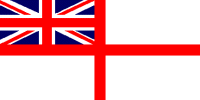 For Posterity's Sake
For Posterity's Sake 